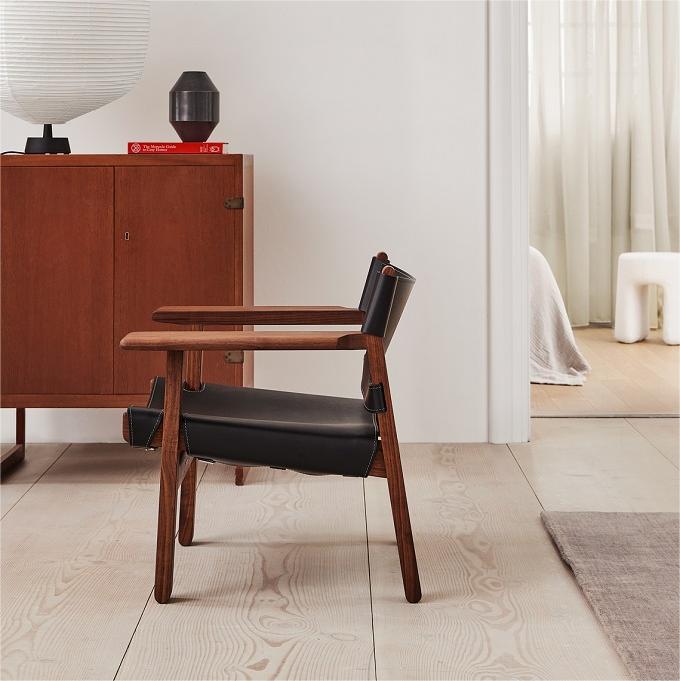Zumba is a dance-based fitness class that incorporates upbeat salsa and international music. It is currently practiced by 15 million people worldwide, according to the Zumba website. The company reports that more than 200,000 class locations are open around the world, with a variety of workout formats available to suit different fitness levels and interests.
Zumba Classes & Instructors
Although the original “Zumba” Latin dance fitness class has garnered most of the media attention, there are many other types of Zumba classes that are available for participants to choose from. These include Zumba Toning, which uses light weights to tone muscles; Zumba Sentao, which focuses on core strength by using a chair as a partner; and Zumba Kids, designed for children 7 to 11 years old.
The music and choreography of each Zumba class varies, but generally a class will begin with a warm-up to get the blood flowing and introduce some basic dance movements like grapevines. Then, the routines will cover a variety of dance styles and intensities, says Amy Coyle, a certified Zumba instructor in New York City. The class ends with a cool down to lower the heart rate and stretch out the muscles.
To become a Zumba certified instructor, you’ll need to complete a certification training program through the Zumba Instructor Network (ZIN). ZIN is free to join, and gives you access to music, choreography and marketing materials to help you promote your classes.
Once you’ve completed your training, you can teach classes at a gym, recreation center or other location. You can also host your own classes if you’d prefer. You’ll need to contact the person who is in charge of group exercise instruction at your facility, find out what additional certifications are required, and start planning the details for your classroom.
If you want to be a Zumba instructor, it’s important to choose the type of classes that will best fit your teaching style. The more you experience a variety of Zumba classes, the more likely you are to pick one that you love and feel good about teaching. Try taking classes at a few different places to see what kind of energy the instructors have and which ones seem to attract the largest group of participants.
Some people might suffer from a jolt of pain after every class that could be caused by a spine strain or injury. A lumbar support can alleviate this problem before it becomes more serious, so you should look into buying a product that provides an adjustable built-in lumbar support.
A lumbar support is very useful to have, especially for those who are on the go and have an active lifestyle. It can also protect your spine from injuries or aches after a long day at work or home.
There are several companies that make chairs for use in chair-based Zumba and other types of classes. For example, Flexispot offers an ergo leather chair with a backrest and adjustable lumbar support. It’s a great option for those who aren’t able to stand during their workouts, and the seat is designed to be used by both men and women.









